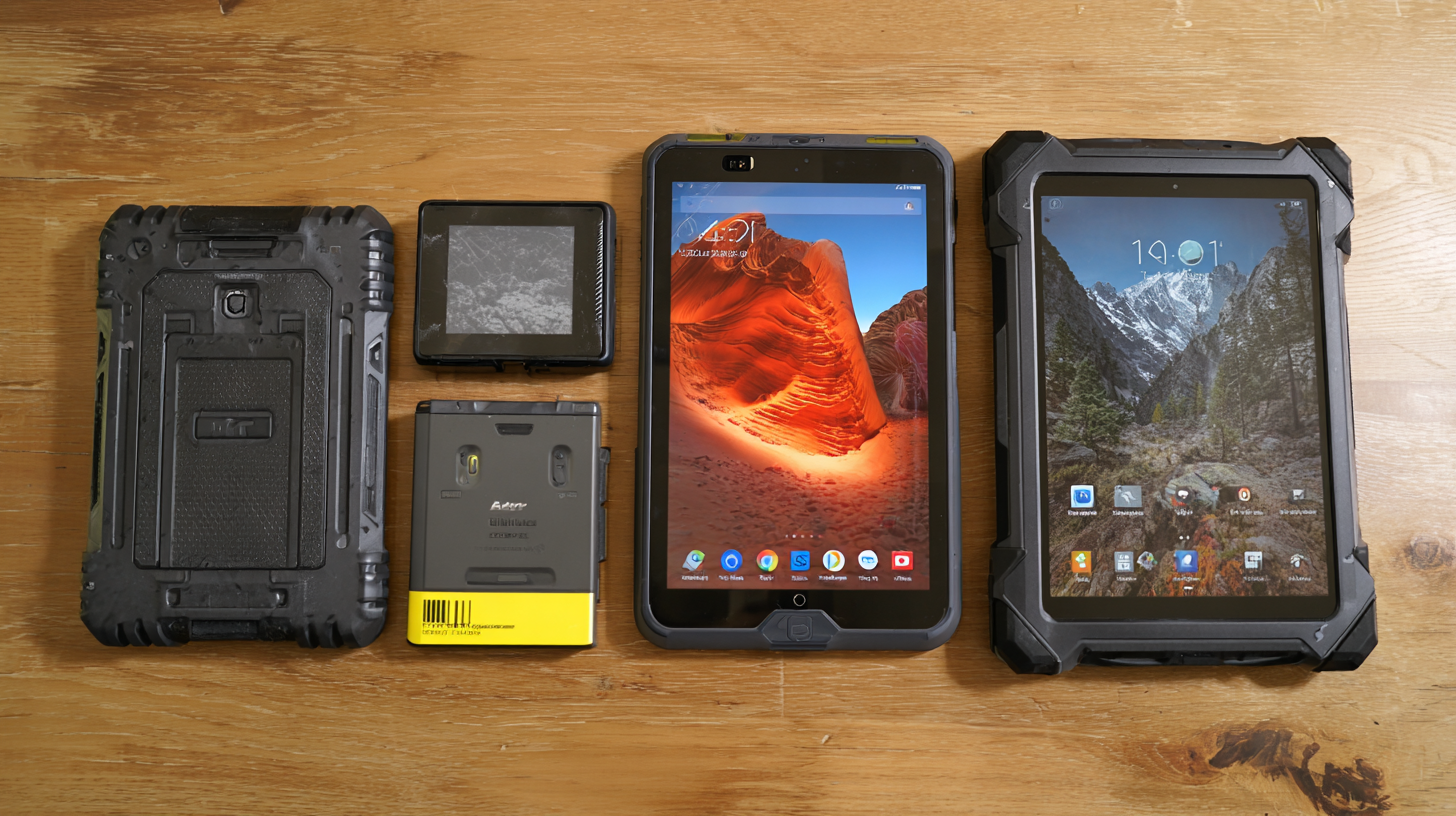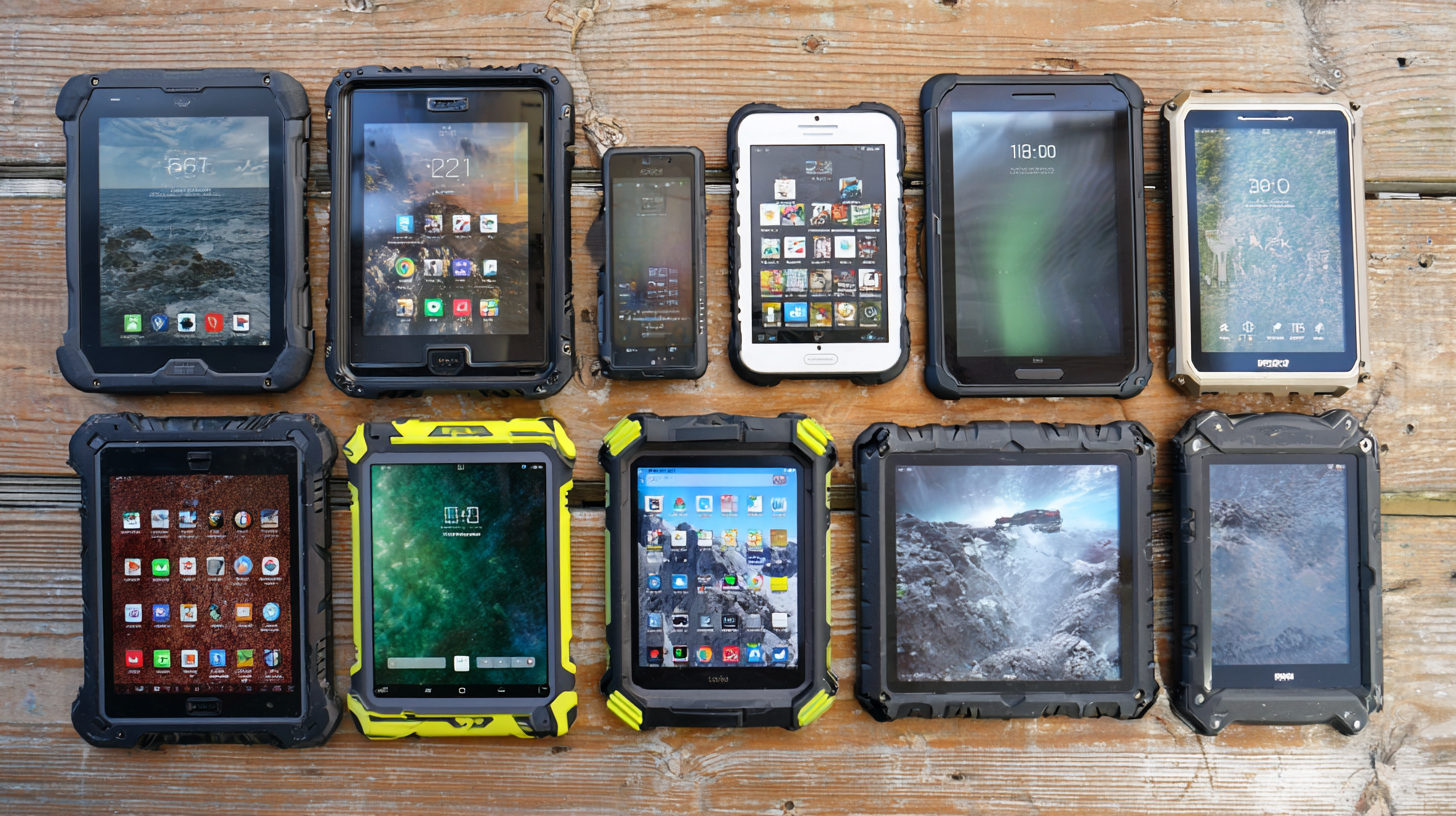Ultimate Comparison of the Top Rugged Tablets for Global Buyers
The global rugged tablet market is experiencing significant growth, driven by increasing demand for durable and reliable devices across various industries. According to a recent market report by Research and Markets, the rugged tablet segment is projected to reach $1.65 billion by 2025, indicating a CAGR of 7.5% from 2020. This surge can be attributed to the rising need for mobile computing solutions that can withstand harsh environments, such as construction sites, manufacturing facilities, and outdoor fields. As technology advances, the features of tablet rugged devices are becoming increasingly sophisticated, offering functionalities such as enhanced connectivity, superior battery life, and cutting-edge security.
In this blog, we will provide an ultimate comparison of the top rugged tablets available for global buyers, highlighting the industry trends shaping 2025 and guiding consumers on how to choose the right device for their specific needs.
Unveiling the Best Rugged Tablets: Features That Matter to Global Users
When it comes to rugged tablets, global users seek devices that combine durability with functionality. These tablets are designed to withstand harsh environments, making them ideal for industries such as construction, fieldwork, and military applications. Key features that matter to users include waterproofing, drop resistance, and enhanced battery life. Tablets with IP ratings, like IP67 or higher, ensure that they can survive exposure to dust and water, while MIL-STD-810G certification guarantees they can endure drops and extreme temperatures.
Furthermore, performance specifications are equally important. Users prefer tablets equipped with robust processors, ample RAM, and high-resolution displays to facilitate multitasking and streamline workflows in demanding situations. Additionally, functionalities such as advanced connectivity options, including cellular and Wi-Fi capabilities, enhance usability in remote locations. Rugged tablets that offer customizable features, such as detachable keyboards or stylus support, empower users to tailor their devices according to their specific needs, reinforcing the importance of versatility in today’s mobile technology landscape.
Durability and Performance: Key Factors for Rugged Tablet Buyers
When it comes to choosing a rugged tablet, durability and performance are paramount for global buyers. These devices are designed to withstand harsh environments, featuring reinforced casings and screens that resist drops, water, and extreme temperatures.
This level of resilience is essential for professionals working in construction, field service, or outdoor exploration where traditional tablets would quickly fail. Buyers must consider the materials used in the tablet's construction, such as MIL-STD-810G compliance, which guarantees robust performance under various stressors.
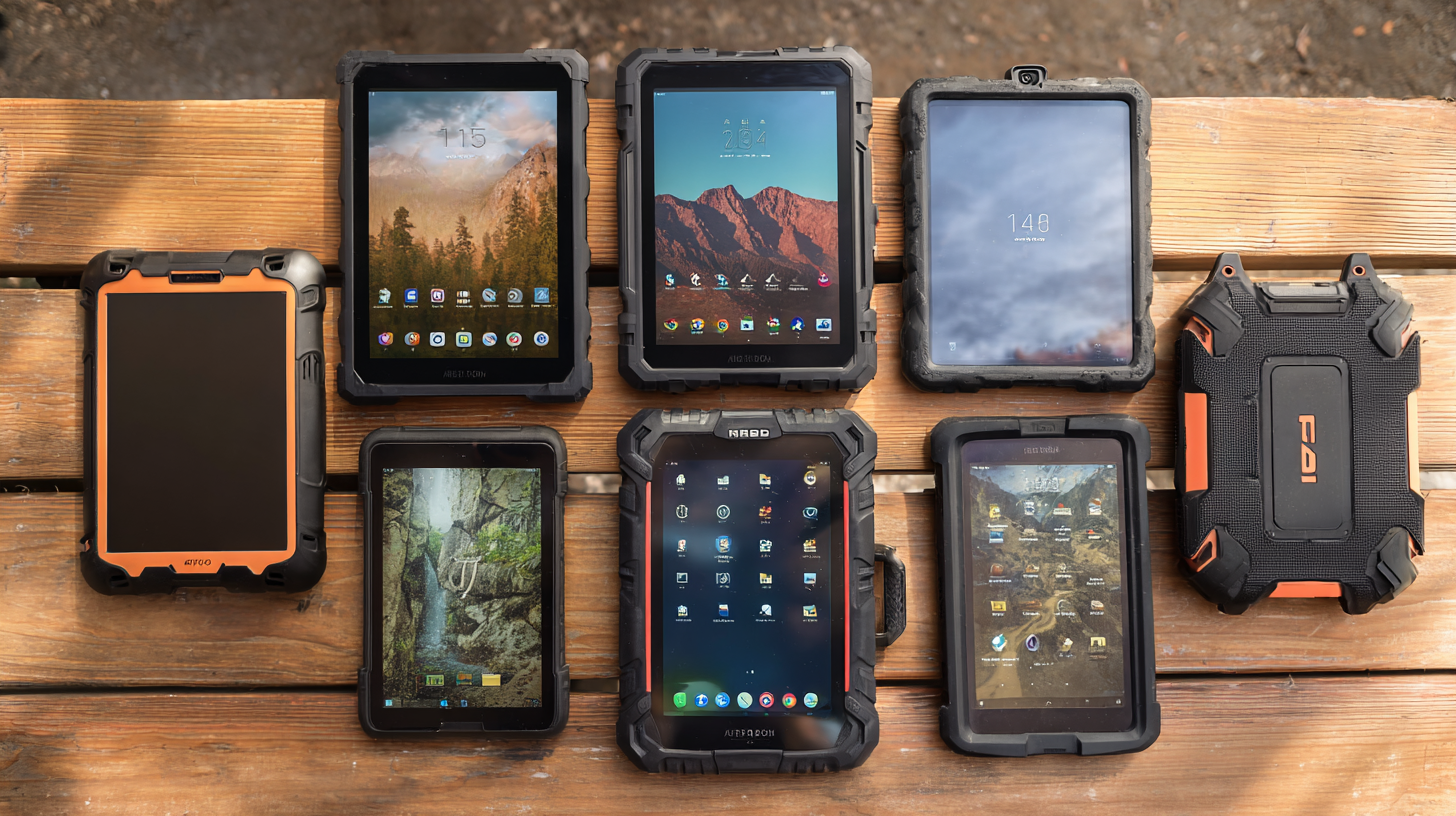
Performance is equally crucial, as rugged tablets must not only survive but thrive in challenging conditions. A powerful processor and sufficient RAM are vital for multitasking and running demanding applications without lag. Battery life is another key factor; a long-lasting battery ensures that users stay connected and productive throughout their workday, even in remote areas. For global buyers, who often face diverse and unpredictable environments, the ideal rugged tablet combines exceptional durability with top-notch performance features to meet their rigorous demands.
Top Rugged Tablet Brands: A Comparative Analysis
When it comes to rugged tablets, the landscape is populated by several key brands that offer unique features and capabilities tailored to demanding environments. Leading the pack is Panasonic, known for its Toughbook series, which blends durability with high-performance components. Designed for industries like construction and field services, Panasonic tablets withstand extreme temperatures and drops, making them ideal for professionals who operate in challenging conditions.
Next, we have Samsung's Galaxy Tab Active series, which has gained popularity for its user-friendly interface and robust design. These tablets come equipped with an S Pen, allowing for precise input even in wet conditions, a feature that professionals often appreciate. Additionally, their military-grade durability ratings make them suitable for military and emergency services applications.
Lastly, Zebra Technologies offers rugged tablets designed for supply chain and logistics, focusing on enhancing productivity in harsh environments. Their devices are optimized for barcode scanning and inventory management, proving advantageous in warehouses and retail settings. Each brand delivers specific strengths, ensuring that buyers can find a rugged tablet that meets their professional needs.
User Experience and Interface: What Makes a Rugged Tablet Stand Out
When evaluating rugged tablets, user experience and interface design play pivotal roles in determining their effectiveness in challenging environments. A standout rugged tablet not only needs to
withstand harsh conditions but also offers a seamless interaction that empowers users to perform tasks efficiently. Key aspects such as screen responsiveness, intuitiveness, and overall usability contribute significantly to a
productive user experience. For professionals working in fields such as construction, field service, or emergency response, a tablet that can be navigated quickly
with minimal learning curve is essential.
Additionally, the interface must be tailored for quick access to critical applications and functionalities. Customizable shortcuts, ruggedized virtual keyboards, and glare-resistant displays ensure that users can interact
with the device effortlessly, even in bright sunlight or while wearing gloves. A well-designed user interface, combined with sturdy hardware, not only enhances productivity but also instills confidence in users, knowing their device can
keep up with demanding tasks under pressure. Emphasizing these elements can significantly affect a rugged tablet's performance and overall satisfaction in real-world scenarios.
Cost vs. Value: Making Sense of Investment in Rugged Tablets
When considering the purchase of rugged tablets, potential buyers often grapple with the balance between cost and value. Rugged tablets are engineered to withstand harsh environments, making them invaluable tools in industries like construction, field service, and outdoor adventures. However, the initial investment can be substantial, leading many to question whether the expense is justified. It's essential to evaluate not just the upfront price but the long-term benefits these devices provide.
Investing in rugged tablets means prioritizing durability and functionality, which can greatly reduce costs related to repairs and replacements over time. For instance, a high-quality rugged tablet can withstand drops, extreme temperatures, and water exposure, minimizing downtime caused by hardware failures. Additionally, the enhanced productivity features often included in these devices, such as superior battery life and advanced connectivity options, can lead to increased efficiency in the field, further justifying the higher price tag. Ultimately, understanding the long-term value proposition of rugged tablets allows buyers to make informed decisions that align with their specific needs and budgets.
Ultimate Comparison of the Top Rugged Tablets for Global Buyers - Cost vs. Value: Making Sense of Investment in Rugged Tablets
| Model |
Price ($) |
Weight (lbs) |
Battery Life (hrs) |
Screen Size (inches) |
Water Resistance (IP Rating) |
Drop Resistance (ft) |
| Tablet A |
650 |
2.5 |
15 |
10.1 |
IP65 |
6 |
| Tablet B |
850 |
3.0 |
12 |
8.0 |
IP67 |
5 |
| Tablet C |
750 |
2.8 |
14 |
9.7 |
IP68 |
7 |
| Tablet D |
900 |
2.2 |
10 |
7.9 |
IP65 |
6 |

Home
Products
Solutions
MDM Software
OEM/ODM
About Us
About 3Rtablet
Quality Control
Contact Us
News
New Product Launch: 3R Rugged Tablet PC: AT-10AL—Powerful Customization with Yocto System
3Rtablet: Enhancing Your Off-Road Adventures,Your Ultimate Off-Road Companion
3Rtablet: Powering Productivity in Construction and Agriculture
Choosing Your Ideal Linux Rugged Tablet: Why Opt for Yocto?
Choosing Your Ideal Linux Rugged Tablet: Why Opt for Debian?
Yocto VS Debian - Choosing Between Yocto and Debian
GMS Certified Android Device: Ensuring Compatibility, Security and Rich Functions
New Arrivals: Rugged Android 12.0 or Linux Yocto OS Vehicle Telematics Box for Vehicle Applications in Various Sectors
Rugged Tablet For Taxi Dispatch
Rugged Driver Tablets Revolutionize Safety and Efficiency in Mining Operations
Rugged In-Vehicle Tablets Power the Growth of IoT Revolution in Modern Industries
VT-7A PRO: New Android 13 Rugged Vehicle Tablet with GMS Certification
Taxi Dispatch Rugged Vehicle Tablet: Taximeter Ruggedized Car Tablet PC with CANBUS MDT Terminal Is Bound to Make an Impact in Your Business
Sick and Tired of Doing Fleet Management the Old Way? Read This! Discover Smarter Solutions with MDT Terminals, Rugged Vehicle Tablets, MDM Platforms, and More
Global Memory Supply Faces Severe Disruptions Amid AI-Driven Demand Surge
Public Transportation Transformation Accelerates: Rugged Tablets Become the Brain of the Smart Bus
Smart Anti-Collision System Unveiled: Rugged Tablet Integrates Advanced Al Pedestrian Detection Reversing Camera Technology
Driving Forward Together | Merry Christmas from 3Rtablet
Experience Durability: How 3Rtablet Redefines the Standards of a China Leading 7 Inch Tablet Rugged Factory
A Comprehensive Buyer’s Guide to Selecting a China Leading IP67 Rugged Devices Supplier
FAQs
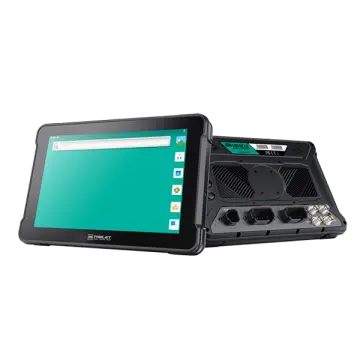 AT-10A
AT-10A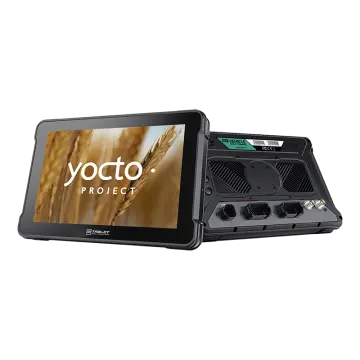 AT-10AL
AT-10AL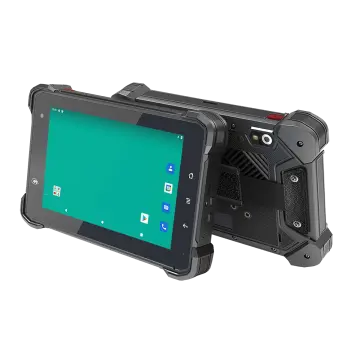 VT-7 GA/GE
VT-7 GA/GE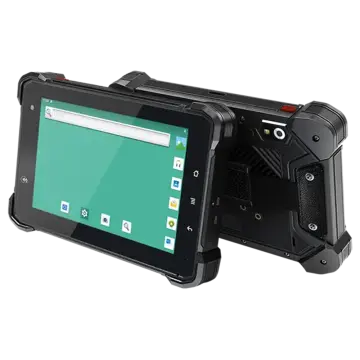 VT-7 Pro
VT-7 Pro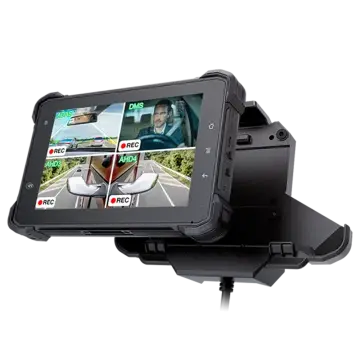 VT-7 PRO (AHD)
VT-7 PRO (AHD) VT-7A
VT-7A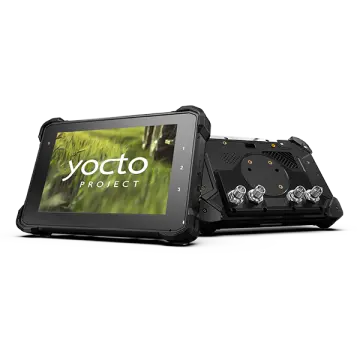 VT-7AL
VT-7AL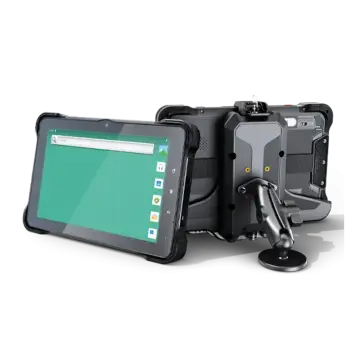 VT-10
VT-10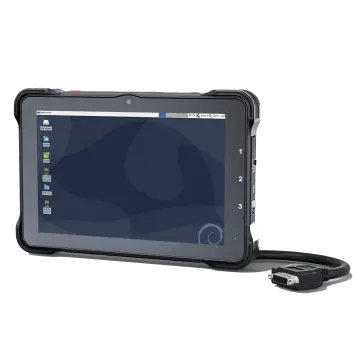 VT-10 IMX
VT-10 IMX VT-10 Pro
VT-10 Pro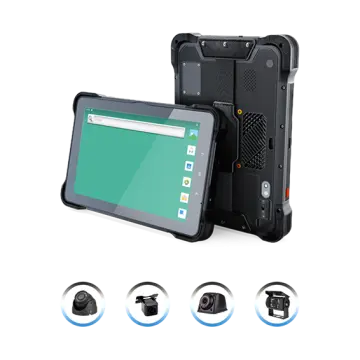 VT-10 Pro AHD
VT-10 Pro AHD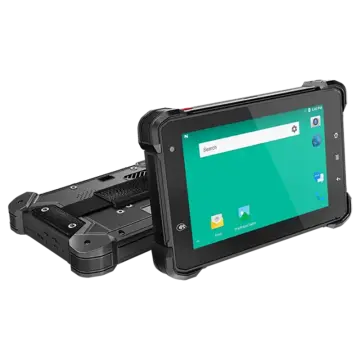 VT-7
VT-7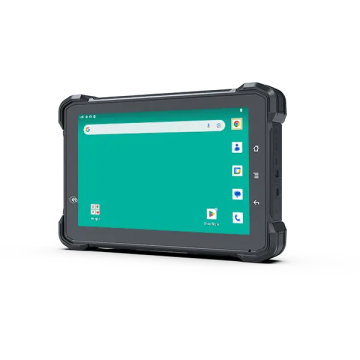 VT-7A PRO
VT-7A PRO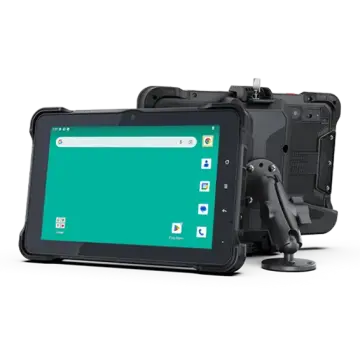 VT-10A Pro
VT-10A Pro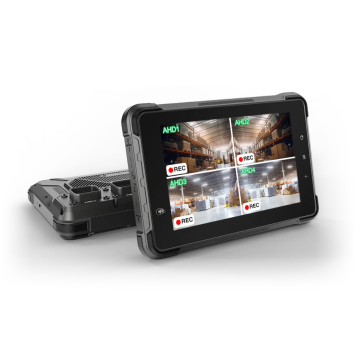 ST-7 Rugged Table
ST-7 Rugged Table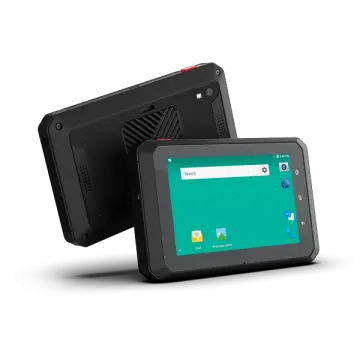 VT-5A
VT-5A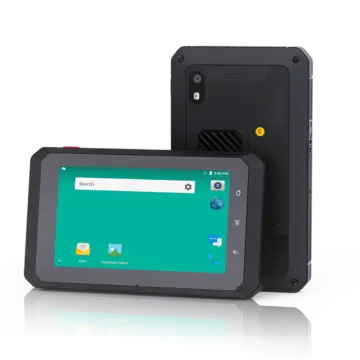 VT-5
VT-5 VT-BOX
VT-BOX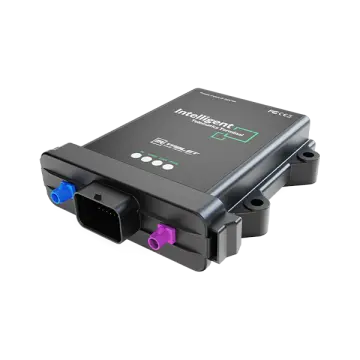 VT-BOX-II
VT-BOX-II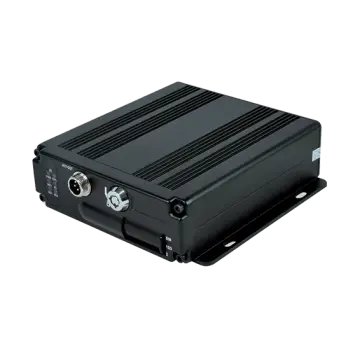 AI-MDVR040
AI-MDVR040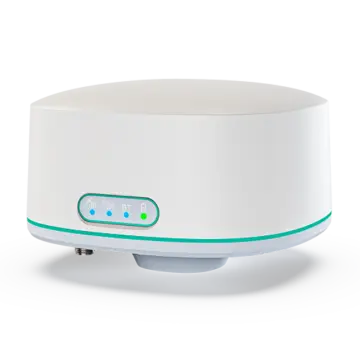 AT-B2
AT-B2 AT-R2
AT-R2